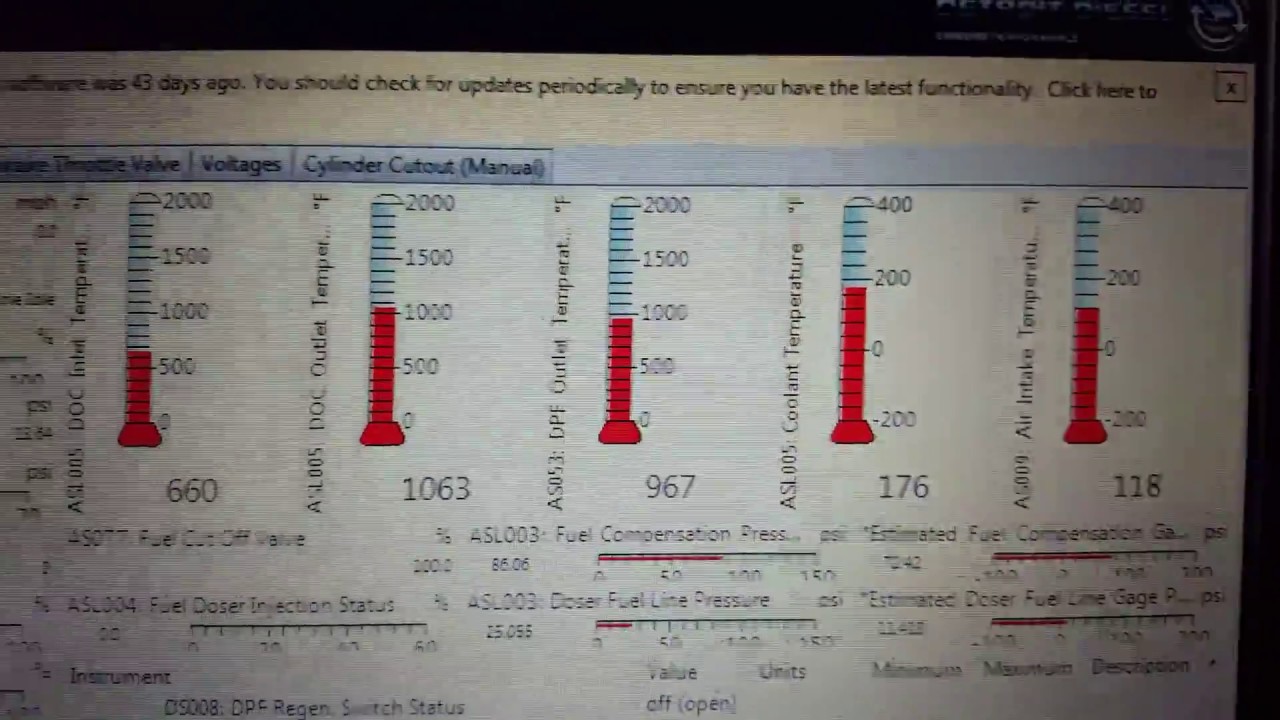Diagnostic software for a diesel engine or any engine for that matter is the best tool you can have in your hands. Mechanics need to use diagnostic software to hook up and see what is happening in real time. Viewing the inside information on an engine electronic control unit will give you a time stamp when an engine code occurred and how many times.
The DDDL software for Mercedes diesel engines is very good and allows us to road test and choose what we want to view and see how the engine is performing. When a code comes up on one of our buses we talk to the driver and get the story on when the tell tale light on the dash comes on and what conditions are present at that time.
In the video I’m on a road test and setting the software up to do an “over the road regen”. This not only saves time but also cleans out the diesel particulate filter. The filter was reading “zone 1” which indicates it’s beginning to develop a restriction. The heat generated from the trip down the freeway will help clean out the DPF. The “chart” section in the software is where I checked off the tests I want to record while on the road test.
Those areas were the turbo boost. DPF differential pressures and DPF zone level. After I got back to the shop the DPF zone dropped back down to zone ‘0’ . The over the road regen did the trick. The other option is the parked regen out in the shop yard. The engine has to be up to operating temperature before this will happen. One thing I noticed was the inlet pressure on the DPF got up to 5.7 psi.
The maximum allowed pressure is 5.8 psi so the next step is to remove the DPF assembly and physically clean it out. The soot levels are starting to accumulate to the point that regenerations are not going to clean out the filter back to new condition. Not a big surprise considering the sticky gummy mess soot build up causes. It’s a battle for mechanics to keep emission controlled diesel engines clean.
Diagnostic software will be the one tool that saves the day every time. In some cases there may be a mechanical issue that is unrelated to the emission system. The basic common sense approach is a reliable tactic that will save oversights and of course your valuable time.







